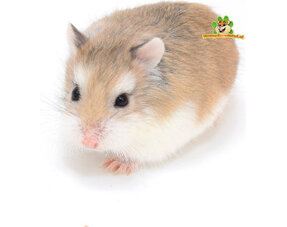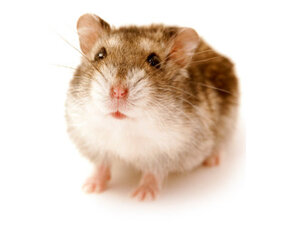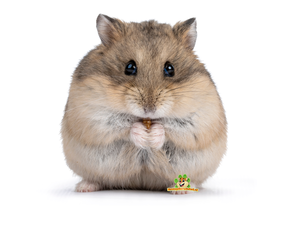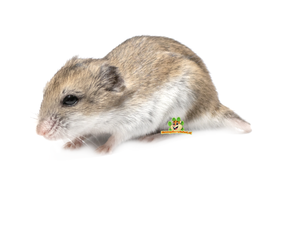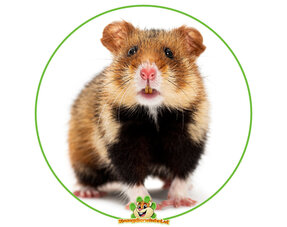Hamster and Dwarf Hamster Information
Hamster and Dwarf Hamster information per Hamster species can be found here! Extensive information about the Syrian Hamster (Golden Hamster), the Roborovski Dwarf Hamster, the Russian Dwarf Hamster, the Campbell's Dwarf Hamster and the Chinese Dwarf Hamster.
Discover All About Hamsters: A Hamster Lover's Guide
 |
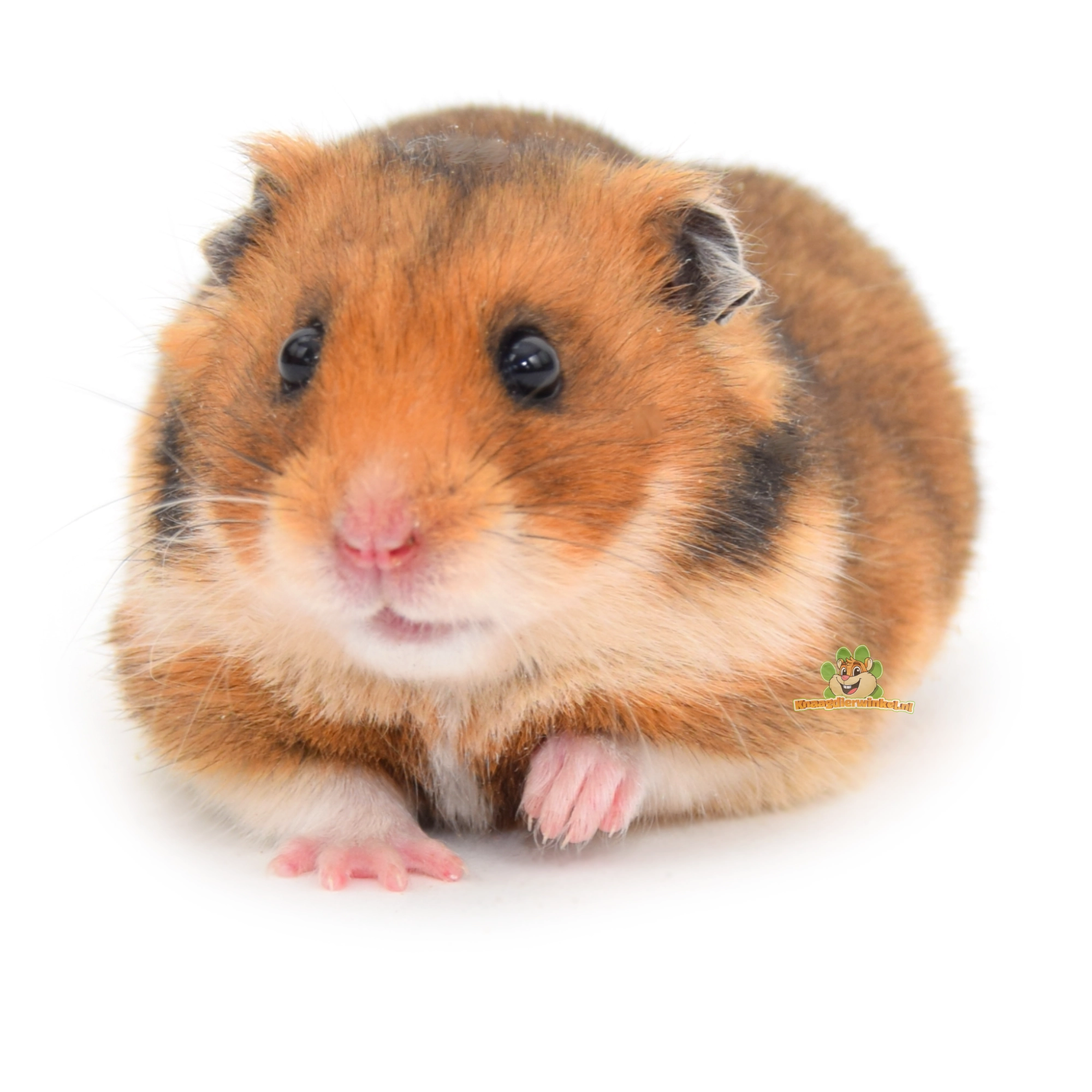 |
 |
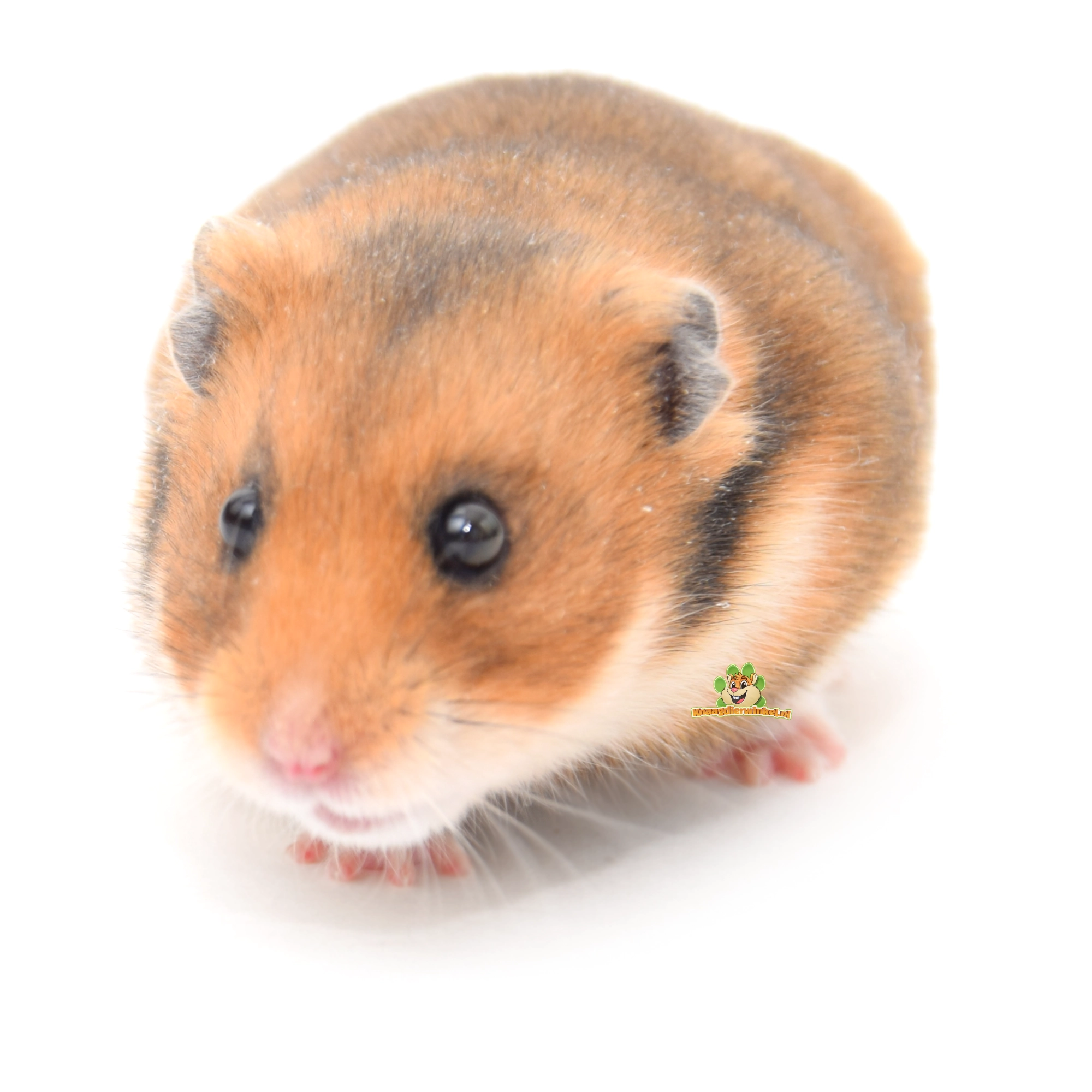 |
Whether you’ve been a proud hamster owner for years or are considering bringing a furry friend into your home, it’s important to be well-informed about these adorable and fascinating pets. In this comprehensive guide, we’ll share all the essential information about several hamster species, including the Syrian Hamster (Golden Hamster), the Roborovski Dwarf Hamster, the Russian Dwarf Hamster, the Campbell’s Dwarf Hamster, and the Chinese Dwarf Hamster.
What exactly is a hamster?
A hamster is a small rodent that belongs to the Cricetidae family. Hamsters are nocturnal animals, which means that they are mainly active in the evening and night. They are popular as pets because of their cute appearance, compact size and relatively easy care. There are different types of hamsters, such as the Syrian hamster (golden hamster) and dwarf hamsters such as the Russian dwarf hamster and the Roborovski hamster.
Which hamster suits me best?
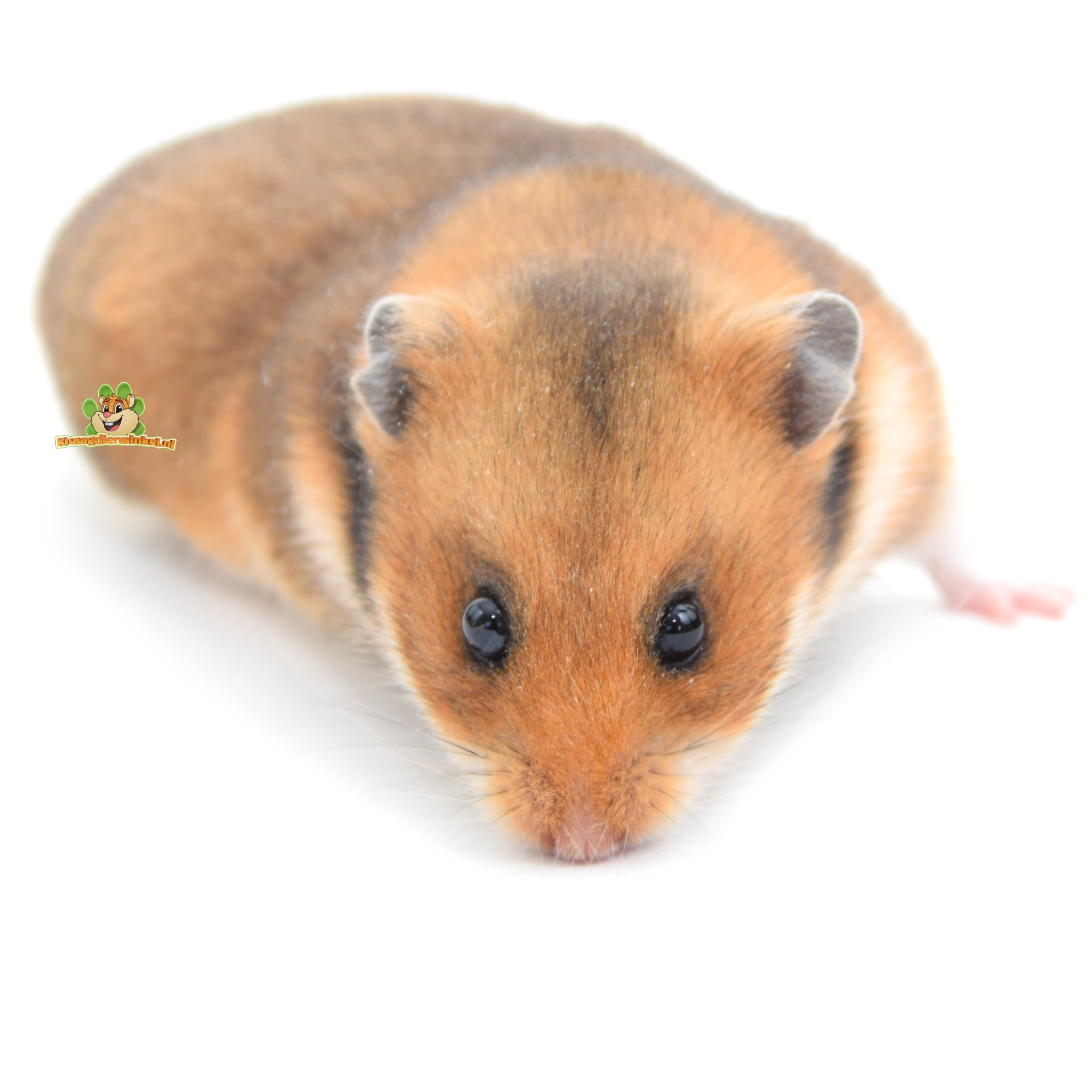 That depends on your wishes and situation:
That depends on your wishes and situation:
- Syrian hamsters are solitary and should always be kept alone. They are somewhat larger and often quieter.
- Dwarf hamsters are smaller, faster and can in some cases live together (like Roborovskis or Campbells), but this carries risks.
- If you want a hamster that is easy to handle, the Syrian hamster is usually the best choice.
- If you have less space and are looking for an energetic animal to watch, a dwarf hamster might be a better fit.
Which hamster is the tamest?
The Syrian hamster (also called golden hamster or teddy hamster) is known as the tamest hamster species , especially when you approach it young and with patience. Russian dwarf hamsters can also become very tame, are often more active and awake more often than the hamster.
How do I tame my hamster?
- Start by talking calmly to your hamster.
- Let him smell your hand without grabbing.
- Use snacks as a reward (e.g. mealworm or sunflower seed).
- Let your hamster step onto your hand of its own accord . Patience is essential here: don't force anything!
Can you wake up a hamster during the day?
In principle, preferably not . Hamsters are nocturnal and crepuscular animals and sleep during the day. Waking them can cause stress. If it is really necessary (e.g. for a check-up or vet), do it quietly and with a soft voice.
How much does a hamster cost per month?
On average around €10 to €25 per month , depending on:
- Feed
- Ground cover
- Snacks
- Possible veterinary costs The purchase of the cage and furnishings is a one-off and can vary from €60 to €200.
What does a hamster need?
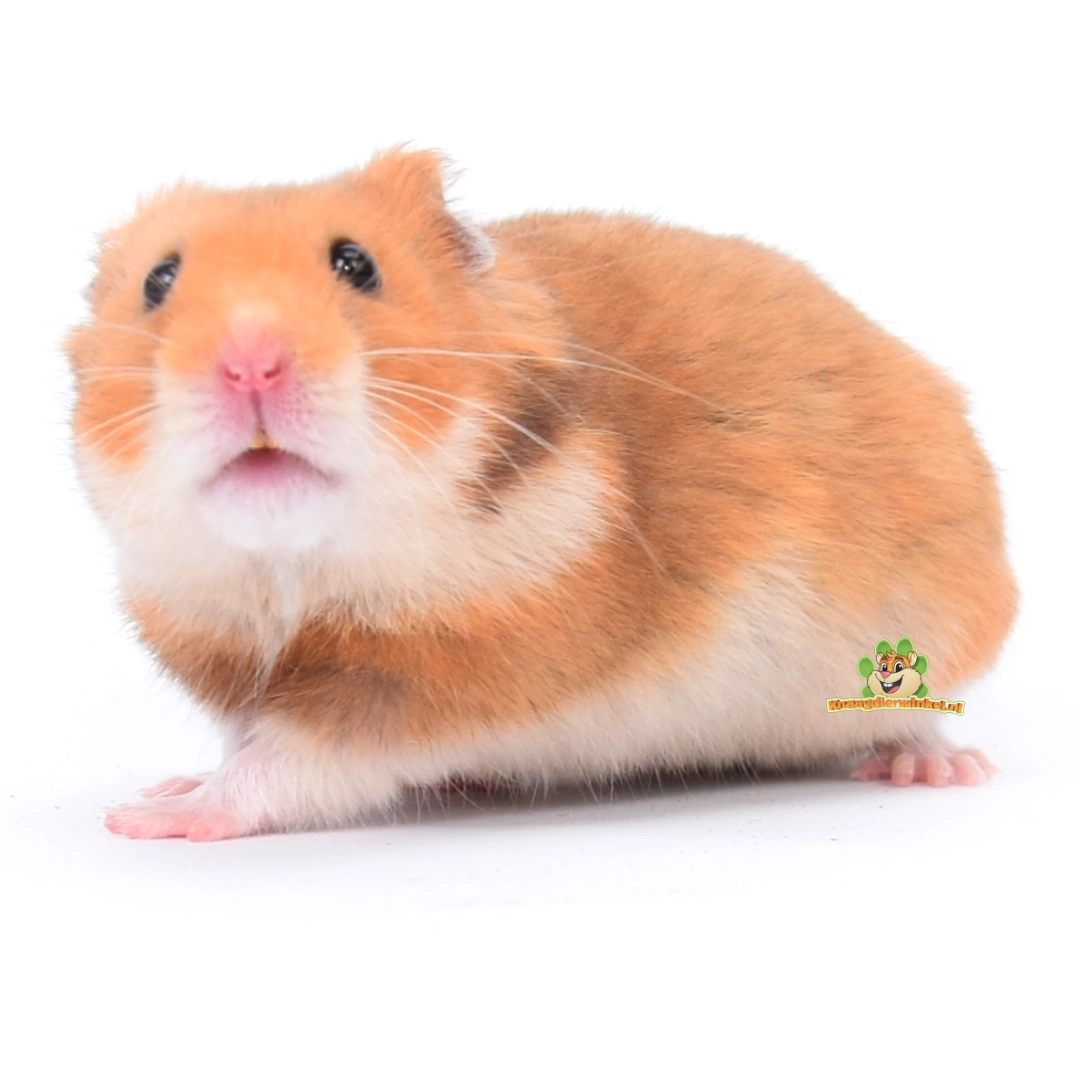 A hamster needs more than just a cage with a wheel . For a happy and healthy hamster, make sure you:
A hamster needs more than just a cage with a wheel . For a happy and healthy hamster, make sure you:
- A spacious cage (at least 80x50 cm for dwarf hamsters and 100x50 cm for Syrian hamsters).
- A thick layer of ground cover of at least 20 cm to enable digging.
- An exercise wheel without bars (minimum 20 cm for dwarf hamsters, 28 cm for Syrian hamsters).
- Hiding places, tunnels, bridges, houses and a sandbox with chinchilla sand for coat care.
- High-quality hamster food with lots of variety.
- Fresh drinking water daily.
- And of course: peace and regularity .
Why is my hamster chewing on the bars?
This could have several causes:
- Boredom
- Too small cage
- No digging options
- Lack of challenge (enrichment) Offer more toys, tunnels, digging opportunities or a larger enclosure.
Can a hamster be left alone?
Hamsters are naturally solitary animals, meaning that they naturally live alone in the wild. This means that hamsters like to live alone. It is important to understand that hamsters are territorial animals.
Can a hamster live with another hamster?
No, most hamsters are solitary. Especially the Syrian hamster and the Chinese dwarf hamster should absolutely be kept alone. Dwarf hamsters can sometimes live in pairs (Russian dwarf hamster) or small groups (Roborovski dwarf hamster, Campbell's dwarf hamster), but this often goes wrong. We recommend housing dwarf hamsters separately to prevent fights and stress.
Hamsters do not have the same need for attention and interaction as some other pets, such as dogs or cats. They are naturally solitary animals and can thrive with minimal human interaction.
That said, this doesn't mean that hamsters don't need any attention at all. While they are usually happy being alone and entertaining themselves in their cage, they can still benefit from and enjoy the occasional interaction with their owner.
It is a good idea to spend time with your hamster regularly to bond and socialize him. You can do this by gently taking your hamster out of his cage and letting him walk on your hand or in a hamster ball. Make sure you do this in a quiet and safe place, away from other pets and busy environments.
In addition to physical interaction, it is also important to ensure that your hamster has a varied and stimulating environment. This includes providing plenty of toys, climbing opportunities, hiding places and activities to keep him occupied and stimulate his natural behaviour.
So while hamsters don't require the same constant attention as some other pets, it's still important to spend time with them regularly and make sure they have everything they need to live a happy, healthy life.
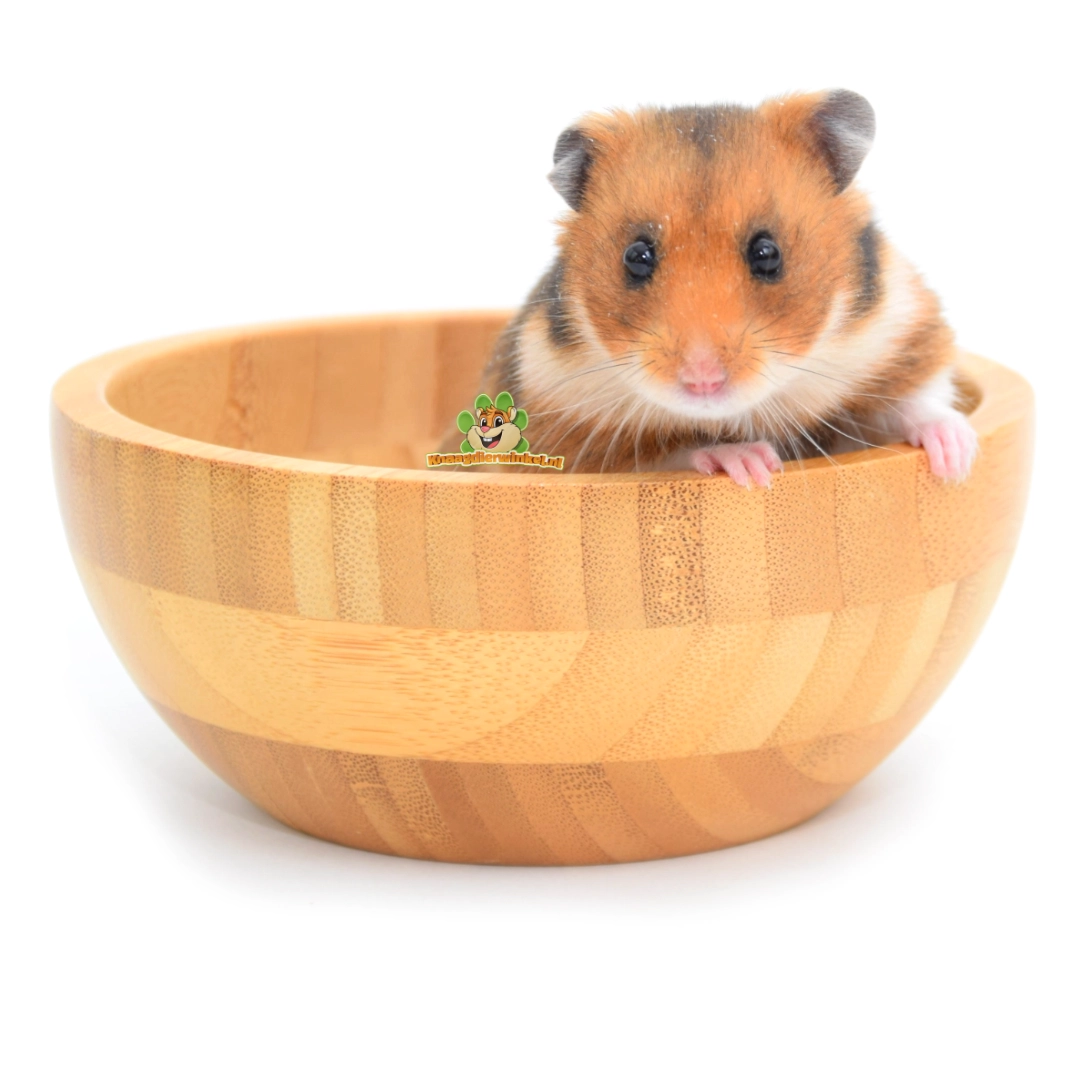
What does a hamster eat?
A hamster is an omnivore , which means that it needs both plant and animal food. A healthy diet consists of:
- Special hamster food with seeds, grains, dried herbs, vegetables and animal proteins.
- Fresh vegetables such as cucumber, pepper or chicory in small quantities.
- Occasionally a worm or mealworm for extra protein.
- Dried herbs and flowers for variety and enrichment.
- Please note: no sugar or colourings , as these can be harmful to hamsters.
How much does a hamster sleep?
A hamster sleeps an average of 12 to 14 hours a day , mainly during the day. They usually wake up in the early evening and are most active then. Hamsters do not like to be disturbed during their sleep. Respect their rhythm and avoid waking them during the day.
How often should you clean a hamster cage?
- Remove dirty spots or wet hay daily.
- Change the sand bath weekly.
- A complete cleaning should be done every 2 to 4 weeks , depending on the cage and your hamster's behavior.
- Note: don't clean everything at once. Leave some old bedding or nesting material so your hamster still feels safe.
What kind of substrate is suitable for hamsters?
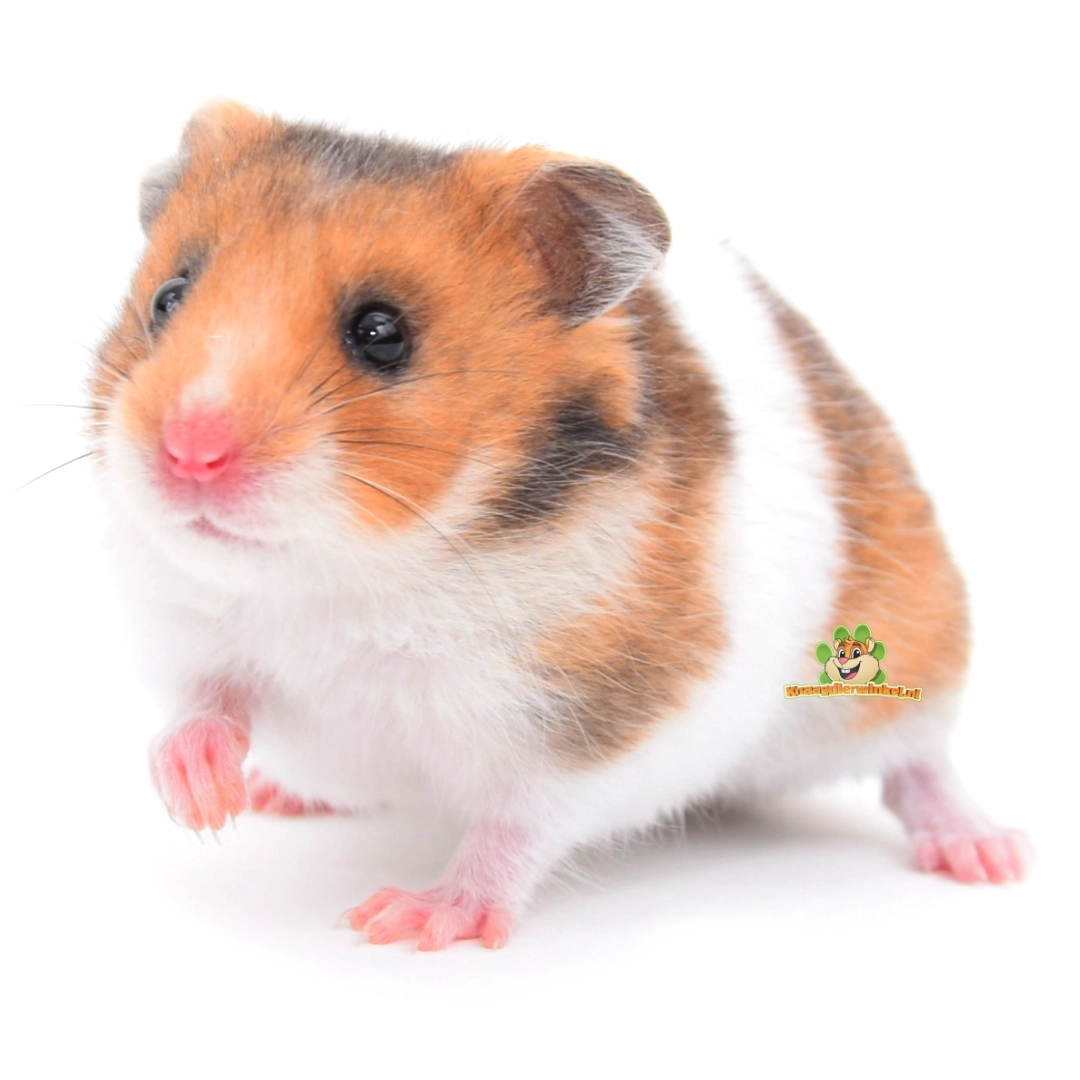 Hamsters are diggers, so they need a thick layer of diggable bedding . The best choices are:
Hamsters are diggers, so they need a thick layer of diggable bedding . The best choices are:
- Cotton fiber , hemp fiber, or a mix of different types.
- Possibly mixed with hay or paper fibre to make tunnels hold better.
- No sawdust with sharp splinters or strong smelling bedding.
How do you tame a hamster?
- Start by talking quietly near the cage so that your hamster gets used to your voice.
- Get him used to your hand by offering him a treat.
- Avoid sudden movements.
- Never pick up a hamster from above (that looks like a bird of prey) but let it step into your hand itself.
- Be patient: some hamsters become tame quickly, others need more time.
How old does a hamster get?
The average lifespan of a hamster is between 1.5 and 3 years , depending on the breed and care. Syrian hamsters often live a little longer than dwarf hamsters.
Does a hamster need toys?
Definitely! Enrichment is important for your hamster's well-being. Think about:
- Digging towers
- Food puzzles or foraging boards
- Toys and gnawing wood to chew on
- Hiding places and changing furnishings
A varied living environment prevents boredom and stimulates natural behavior.
Is a hamster suitable for children?
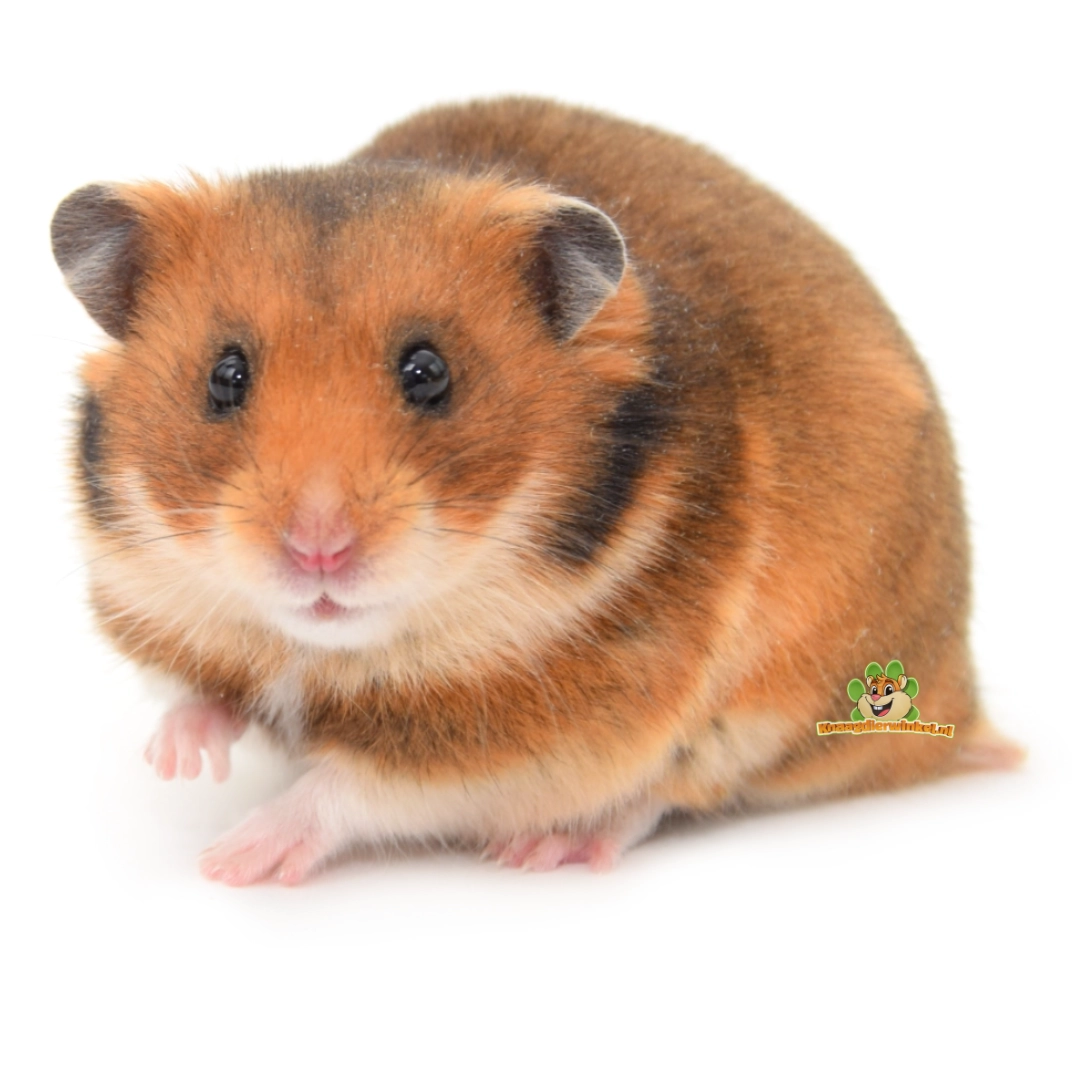 A hamster is not a cuddly toy and is less suitable for young children. Because hamsters are active in the evening, they are often awake when children go to sleep. Older children can learn how to handle a hamster carefully under supervision. Dwarf hamsters are more often awake during the day.
A hamster is not a cuddly toy and is less suitable for young children. Because hamsters are active in the evening, they are often awake when children go to sleep. Older children can learn how to handle a hamster carefully under supervision. Dwarf hamsters are more often awake during the day.
What should I pay attention to when purchasing a hamster?
- Choose a reliable breeder or a specialist shop that pays attention to health and socialization.
- Look for clear eyes, a clear nose and a clean bottom (no diarrhea).
- Ask for gender and age.
- Never just take two hamsters together , unless it is a responsible pairing with good supervision.
How do I recognize a sick hamster?
Watch out for signs such as:
- Listlessness or sleeping a lot outside the normal rhythm
- Decreased appetite
- Diarrhea or wet fur around the anus
- Shortness of breath or audible breathing
- Hard lumps or bald spots If in doubt: always consult a veterinarian with experience in small rodents.
Do you have any questions about hamsters?
Feel free to contact us! We are happy to help you with everything related to hamsters , from nutrition to housing and behavior.
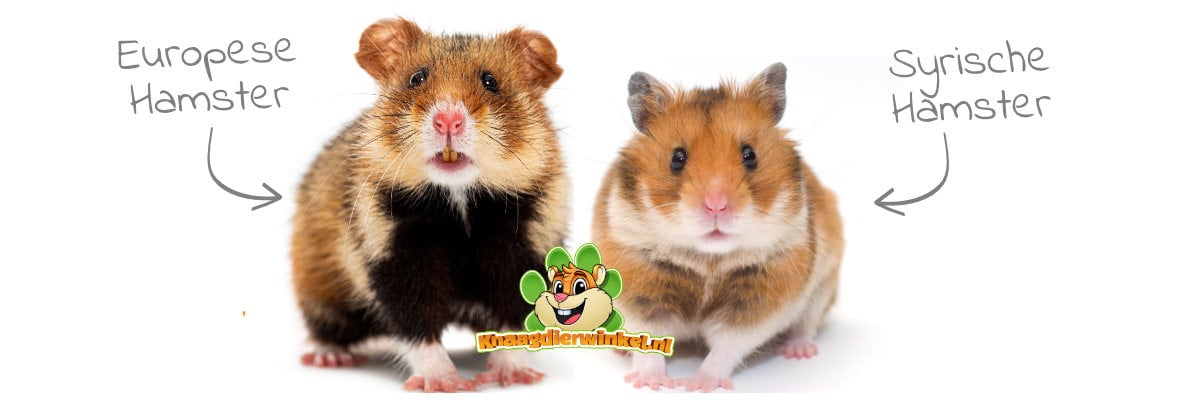
What types of hamsters are kept as pets?
Syrian Hamster (Golden Hamster)
The Syrian Hamster, also known as the Golden Hamster, is one of the most popular hamster species as a pet. They are known for their fluffy fur and friendly nature. Syrian hamsters are solitary animals and should be kept alone to avoid territorial fights. They need a spacious enclosure with plenty of toys and hiding places to keep them occupied.
Want to learn more about Syrian Hamster? Read more here
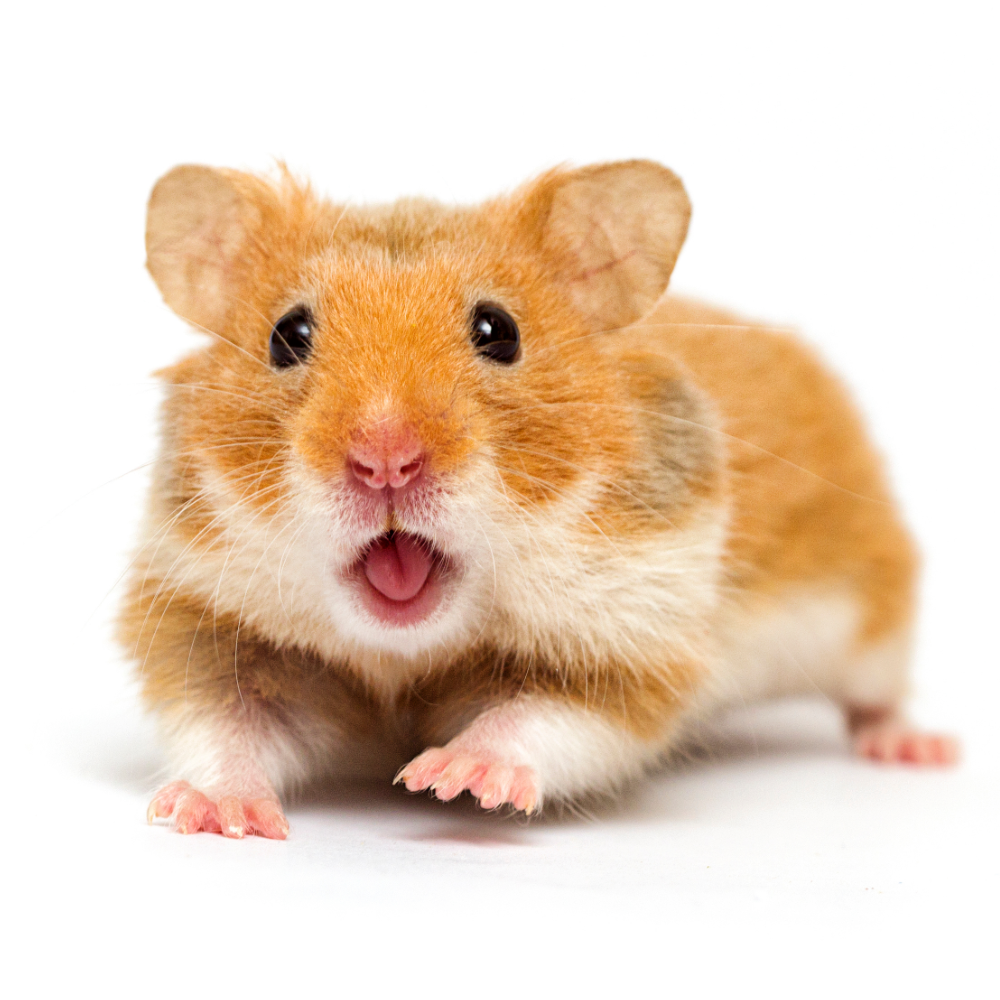
Roborovski Dwarf Hamster
With its small size and energetic personality, the Roborovski Dwarf Hamster is a favorite among hamster lovers. This small hamster is known for its quick movements and active lifestyle. They are social animals that thrive in groups, so it is recommended to keep them together in a spacious and well-equipped enclosure.
Want to know more about Roborovski Dwarf Hamsters? Read more here
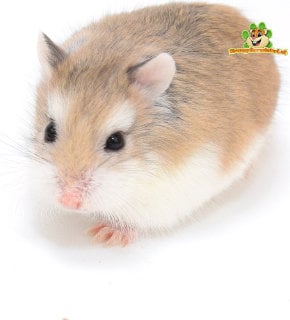
Russian Dwarf Hamster
The Russian Dwarf Hamster is one of the smallest hamster species and is known for its soft fur and curious nature. They are generally friendly and easy-going, making them suitable for beginners. They are nocturnal and most active in the evening and night, so provide plenty of hiding places and toys to stimulate their natural behavior.
Want to know more about Russian Dwarf Hamsters? Read more here
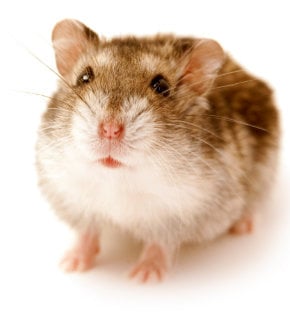
Campbell's Dwarf Hamster
With their vibrant colors and curious personality, the Campbell Dwarf Hamster is a charming addition to any household. They are sociable and usually get along well with other hamsters of the same sex if kept together from a young age. Campbell hamsters require a varied diet consisting of high-quality hamster food, vegetables, and fruit.
Want to know more about Campbell's Dwarf Hamsters? Read more here
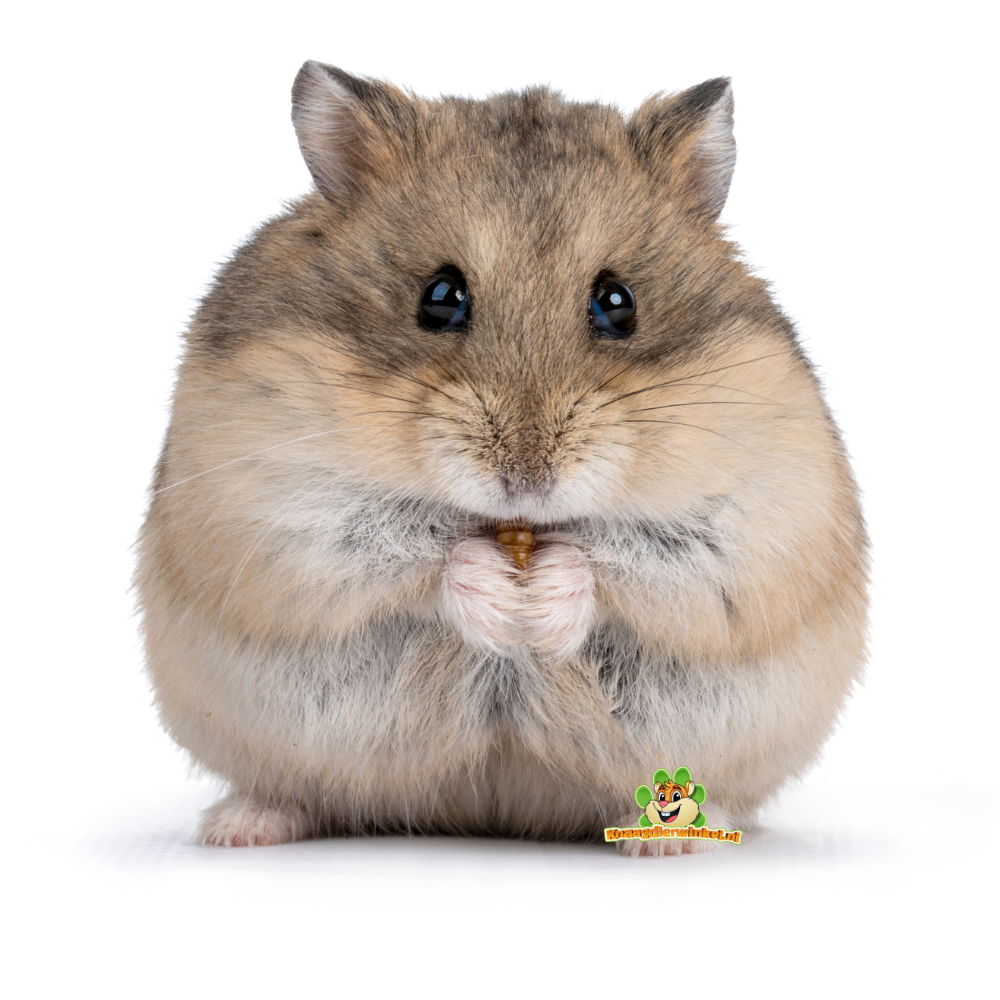
Chinese Dwarf Hamster
The Chinese Dwarf Hamster is distinguished by its longer, more slender body and bushy tail, which resembles that of a mouse. They are generally peaceful in nature and get along well with other hamsters of the same sex. Chinese hamsters need a sandbox to groom themselves and keep their coat healthy.
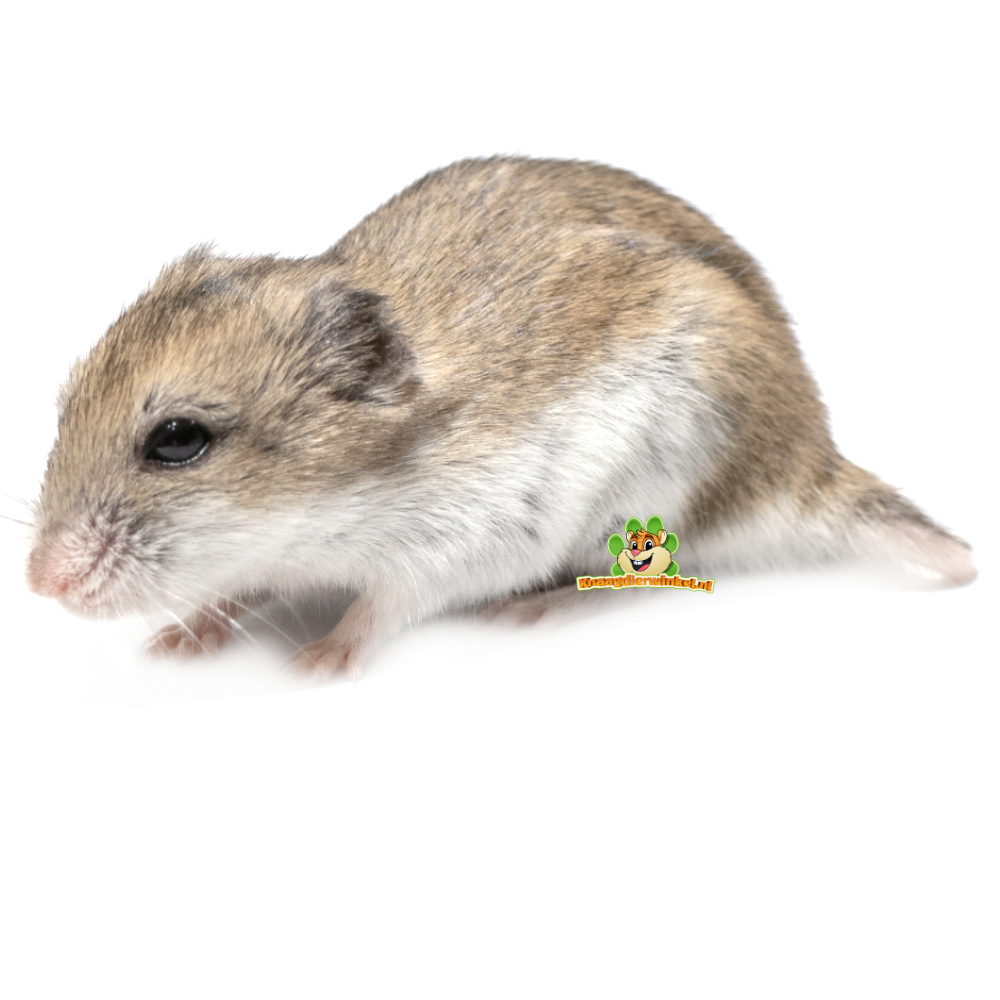
Whether you choose a large Syrian Hamster or a small Roborovski Dwarf Hamster, it is important to understand their specific needs and provide them with the right habitat and diet. With the right care and attention, these small pets will provide you with years of fun and companionship.



